There is a good feeling that comes with baking your fresh bread by yourself in the comfort of your home. Sometimes you are so excited to see the end result that you hurry up the process. You eagerly wait for the signal of the beeping sound which tells you that the bread is ready, while you bask in the sweet aroma of baking bread. Suddenly your high expectations and cravings just shattered when instead of finding well baked bread, you’re seeing a pale looking one.
Honestly, it commonly happens that you can’t get the best results right away from your bread maker without first trying and failing. So make sure that you had carefully read the instructions about the right quantities of ingredients and how to set the bread maker properly to increase your chances of making a good loaf of bread the first time you use it. Also note that the ingredients you use contribute significantly to the results you get when baking.
Tips when baking bread with a breadmaker
- Stick to the recipe for the order of ingredients to pour in the bread pan. Make sure the ingredients are fresh as well.
- Make sure the water temperature and the room temperature are equal.
- For good preservation, light crumb texture, and better volume. Add bread improver to every loaf you bake. Just a teaspoon will do for a 2-pound loaf of bread.
- While kneading, consistently check the dough to ensure it’s not too dry. If it is too dry then add water, 1 tablespoon at a time. When enough water isn’t added, the bread would be heavy. It will have a rough texture or will refuse to rise.
- When too much water or yeast is added, or flour is not enough. The bread will rise too much to the extent that it collapses or touches the lid. So while kneading, keep an eye on the consistency.
- Check the expiry date of the yeast, or increase the amount of yeast added if the loaf doesn’t rise well and is too thick.
- When you slice the loaf and it comes out sticky and doughy, it means you have added too much water. The knead stage is the best time to check dough consistency and you can incrementally add 1 tablespoon of flour.
- Your bread maker will accumulate seeds and crumbs overtime, a handheld vacuum will help you clear those.
- When bread is proving, it might over-rise and spill over that could cause smoke or even fire as the dough might start burning. Therefore, only leave the bread machine unattended after you have few runs with the machine, and then you can use the delay timer to wake up to freshly baked bread.
- Curious bakers should use viewing windows instead of opening the lid to watch the bread prove.
- It is advisable to slice the bread when the crust is yet to soften if baked in a bread maker.
- A well serrated knife is the best knife to use for slicing bread.
- It is best to finish eating bread within two days of baking as it can get crumbly and dry, and only good for eating when toasted.
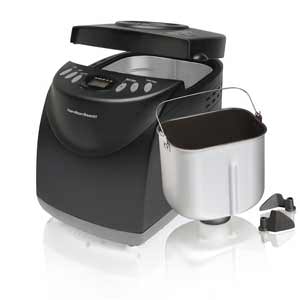
Being conscious of getting it right
Your bread machine won’t fail in giving you nice freshly baked bread once you follow the best-practice steps. But you should also need to keep in mind that despite following the recipe to the latter or making use of the perfect flour and ingredients, you might get unpleasant results if you don’t take good care of your bread machine.
Giving your bread machine the treatment it deserves
- For cleaning and cooking, use only plastic items and don’t be rough with the non-stick coating.
- Before you start baking, wipe off any spills on the element so it won’t get baked and to avoid any damages.
- It is quite tricky to clear crumbs from the baking chamber even for handheld vacuums. So give it time for the unit to cool off and also make sure that the unit is not plugged, prior to cleaning.
- The machine and pan should also not to be submerged in water.
- For an easy removable of the kneading blade or paddle after baking, put some oil to the blade before starting the baking process. If it still won’t move, pour hot water in the pan and leave it for around 30 minutes. Also try lifting it with a plastic spatula if it still won’t come out.

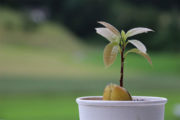


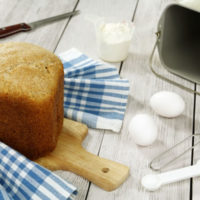
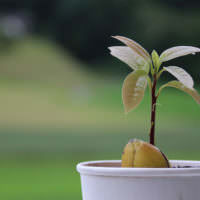




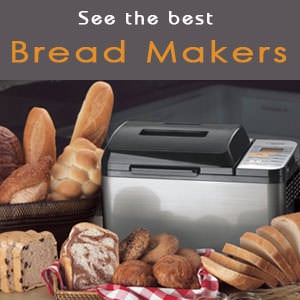





Leave a Reply